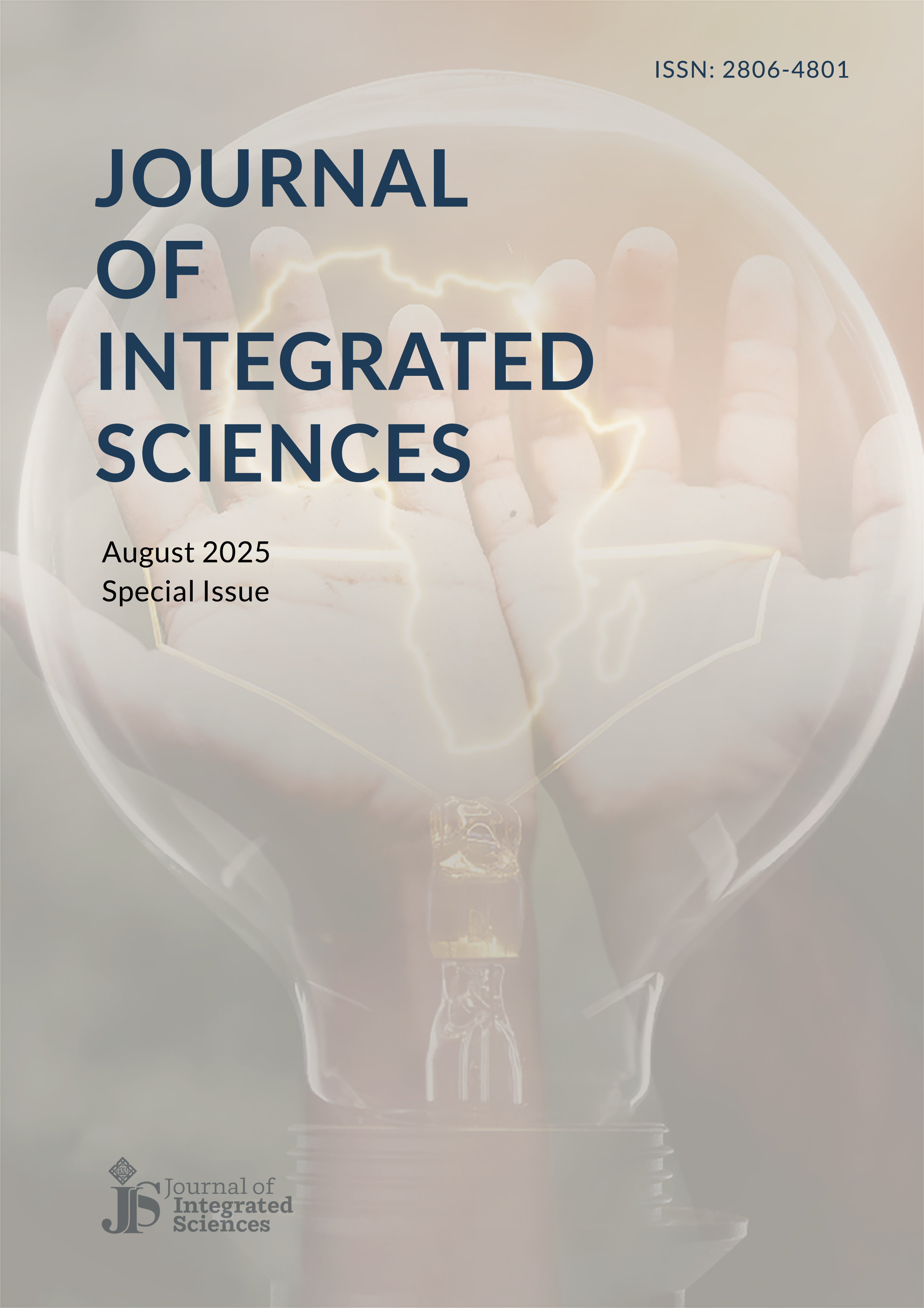PERCEIVED BARRIERS TO EDUCATION: THE ROLE OF HIJAB IN THE EXPERIENCES OF MUSLIM GIRLS IN NON-MUSLIM COUNTRIES, AN ISLAMIC AND PSYCHOLOGICAL ASSESSMENT
Abstract
This study explores the perceived barriers to education faced by Muslim girls wearing the Hijab in non-Muslim-majority countries, integrating Islamic perspectives and psychological assessments. The Hijab, a symbol of modesty and religious identity in Islam, holds significant spiritual and cultural value. This study examines the relationship between the Hijab and its impact on the educational experiences of Muslim girls. Drawing from Quranic teachings, Ḥadīth, and psychological frameworks, the study emphasizes the Hijab's role in fostering spiritual empowerment and self-respect. However, Hijab-wearing Muslim girls often encounter challenges such as discrimination, social exclusion, and cultural misunderstandings, which can hinder their academic performance, self-esteem, and social integration. Using a qualitative review of existing literature and data collected through a questionnaire-based survey, this study highlights the dual role of the Hijab as both a source of empowerment and a potential barrier to educational access. Recommendations are provided for educational institutions to address these challenges, including the implementation of awareness programs, inclusive policies, and supportive networks. By fostering an environment of understanding and inclusivity, this research suggests that Muslim girls can overcome these barriers and succeed in their educational journeys while maintaining their religious and cultural identity.
Keywords: Perceived Barriers, Education, Hijab, Muslim Girls, Non-Muslim Countries, Islamic, Psychological Assessment.

